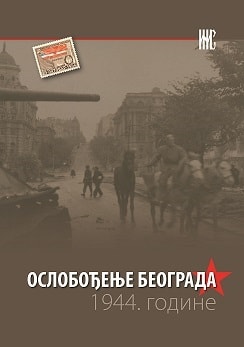(Не)видљива места сећања
(In)visible Places of Remembrance
Author(s): Olga Manojlović-Pintar
Subject(s): Diplomatic history, Political history, Social history, International relations/trade, Fascism, Nazism and WW II, Politics of History/Memory
Published by: Institut za noviju istoriju Srbije
Keywords: places of memories; monuments; National Liberation Army; Red Army; World War II;
Summary/Abstract: The paper analyses how personalization of tragedy of the participants of WWII was used to strengthen Yugoslav-Soviet ties in the first days after the liberation of Yugoslavia. The text also analyzes the processes of rapprochement and of establishing closer ties between the two countries during 1960s when new forms of political and cultural cooperation were based on renewed remembrance of the courage of the participants in the war. Special attention was devoted to interpretations of WWII in contemporary historiography which unearthed new data and opened new perspectives. Turning to experiences of individuals was suggested as a possibility of drawing conclusions without ideological revisions of the whole history of 20th century.
Book: Ослобођење Београда 1944.
- Page Range: 545-552
- Page Count: 8
- Publication Year: 2010
- Language: Serbian
- Content File-PDF

